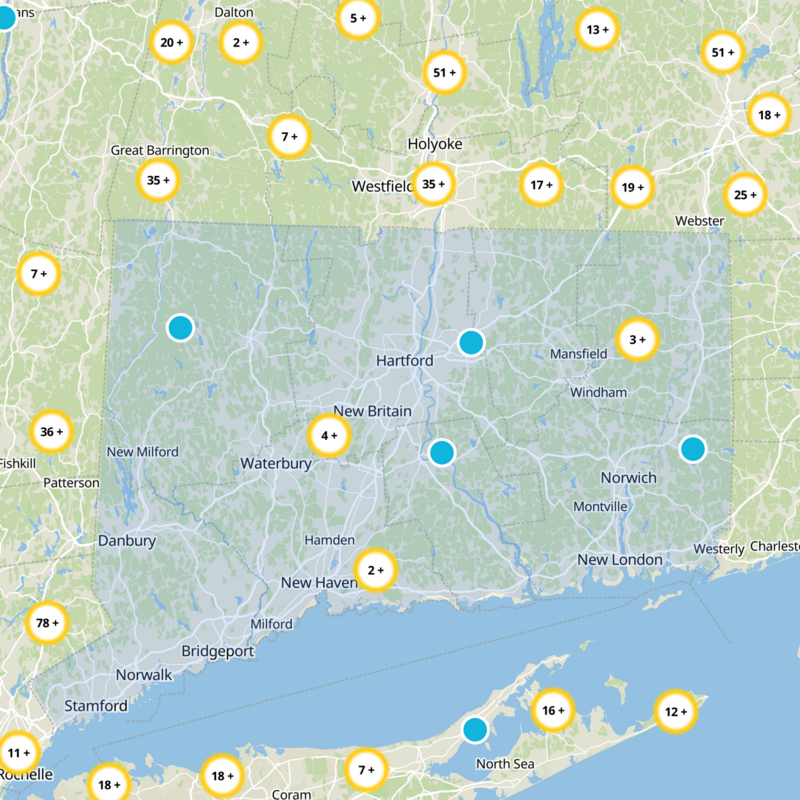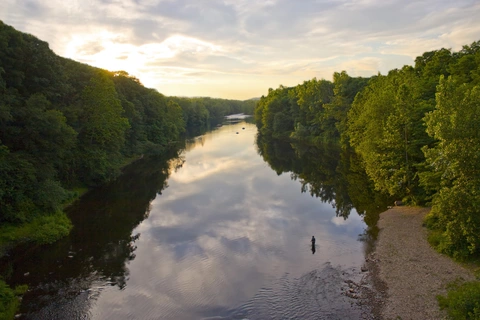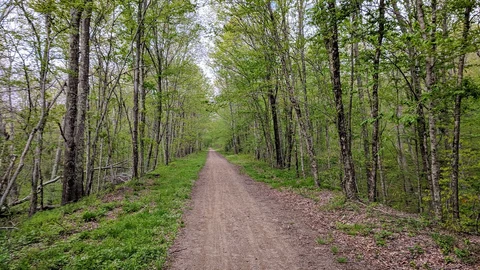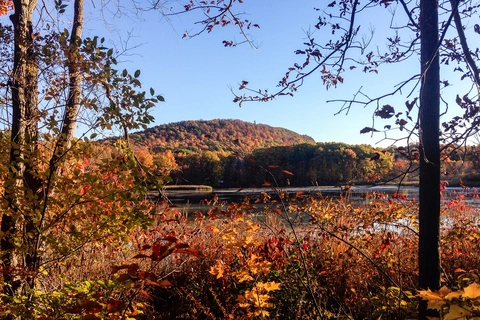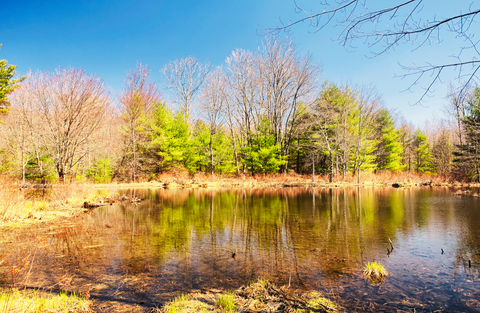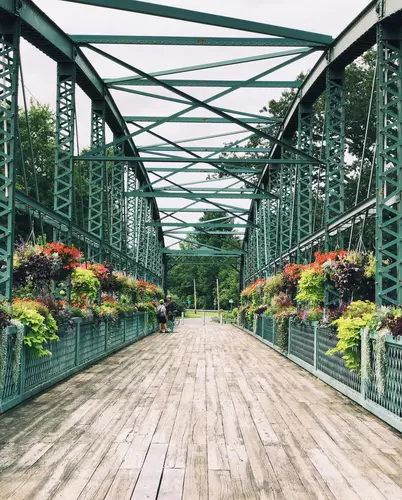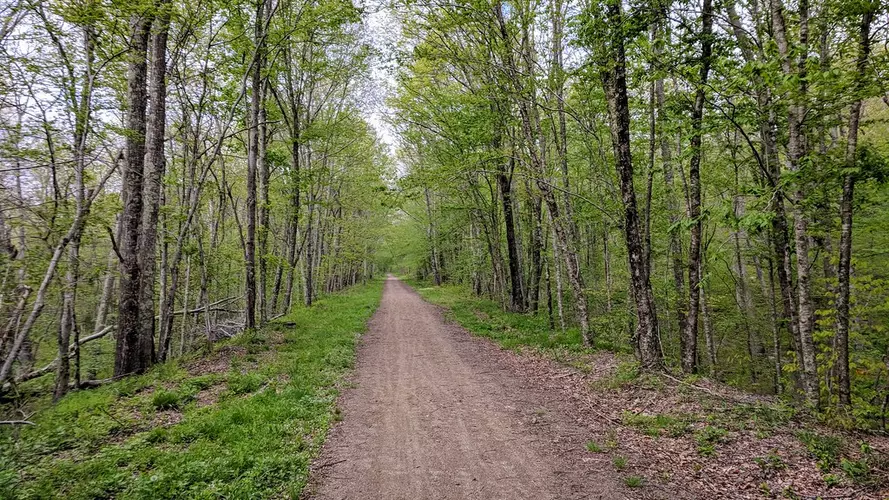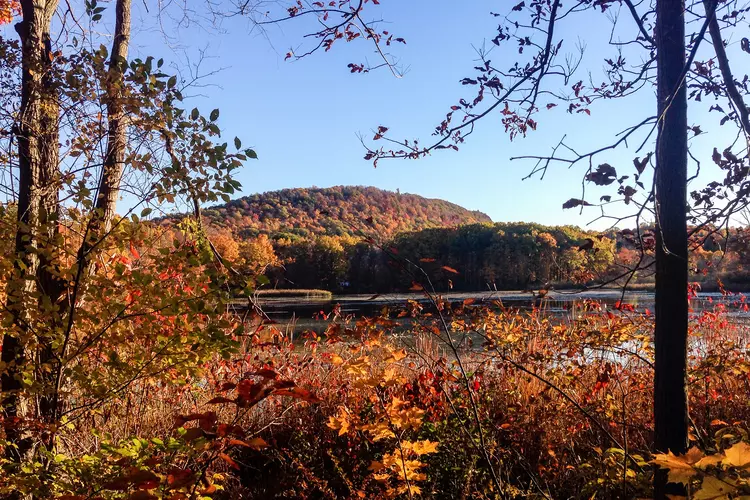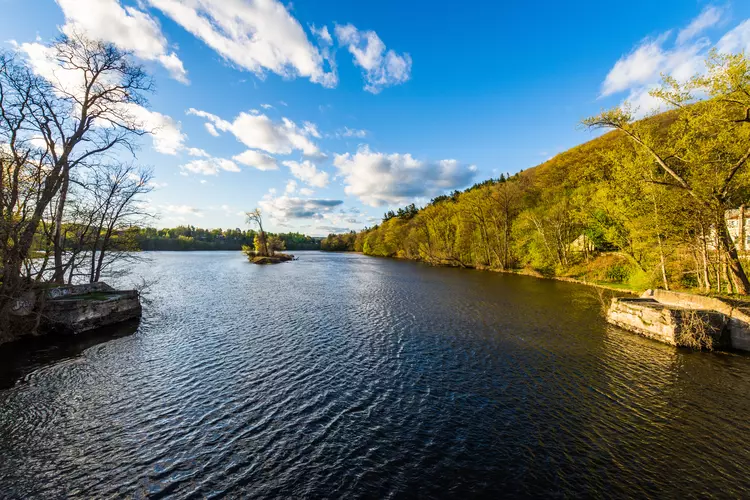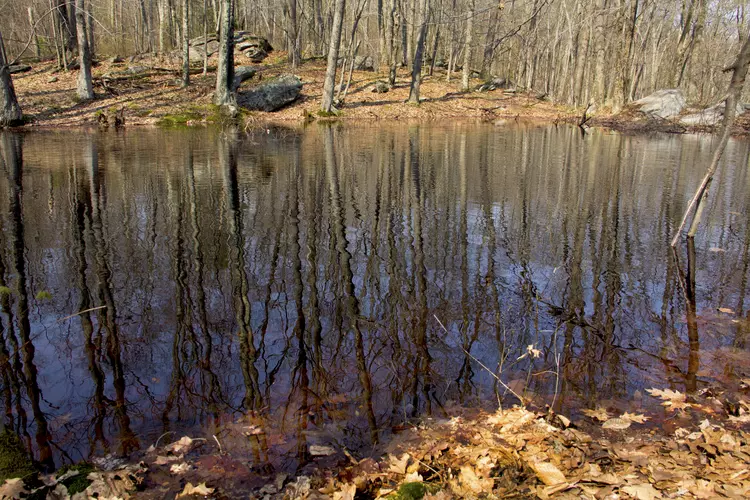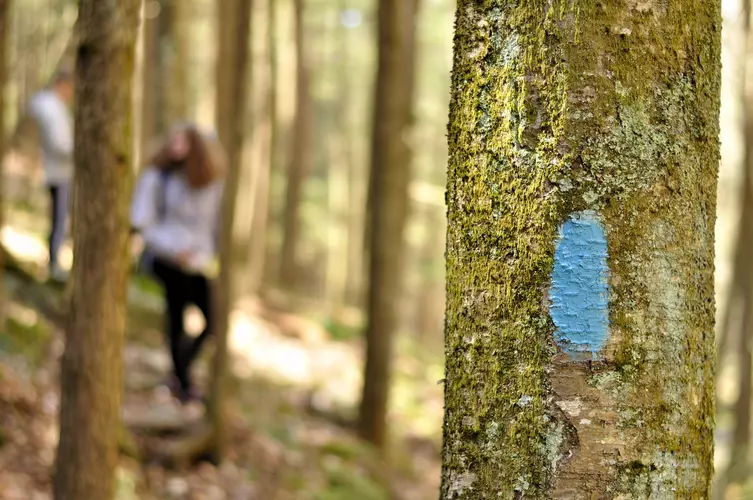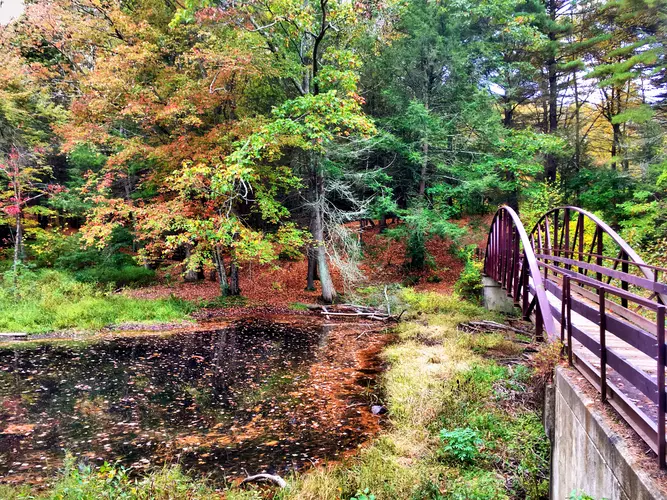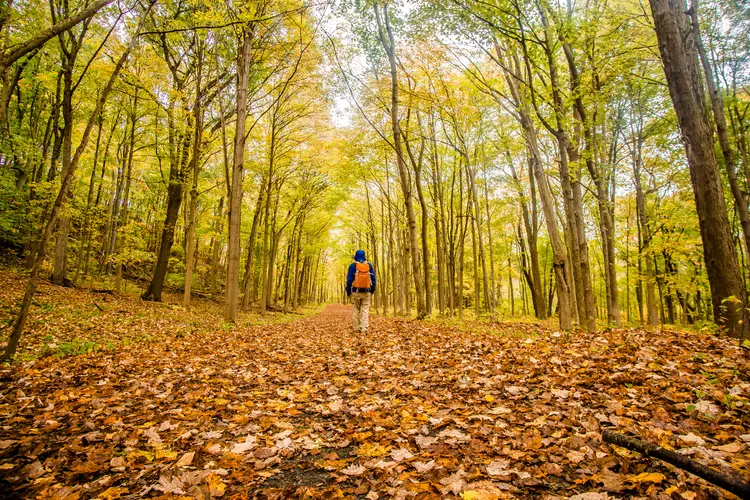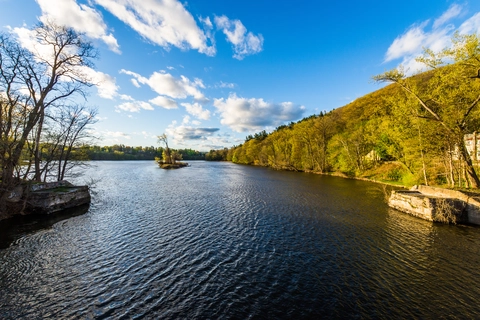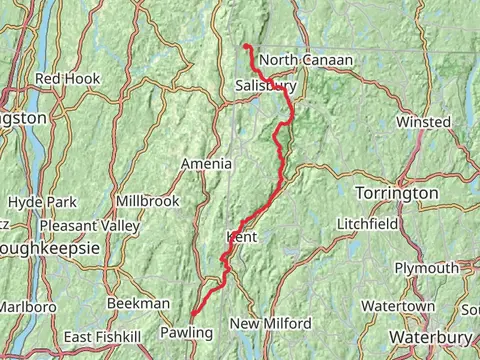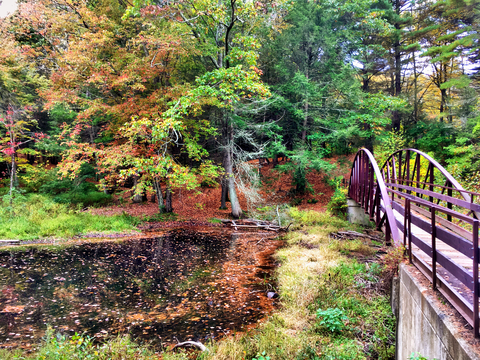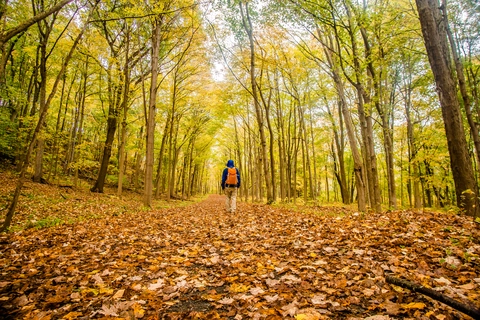"Explore Connecticut's trails, where natural beauty and historical intrigue captivate hikers amid New England charm."
Connecticut's trails offer a captivating blend of natural beauty and historical intrigue, perfect for hikers of all levels. Wander through lush forests, past serene lakes, and over rolling hills, where each step reveals a new facet of New England charm. Discover the Appalachian Trail's rugged beauty or explore the tranquil paths of Sleeping Giant State Park. With vibrant fall foliage and diverse wildlife, Connecticut invites you to immerse yourself in its enchanting landscapes and rich heritage.
Most popular hikes
FAQs about hiking in Connecticut






